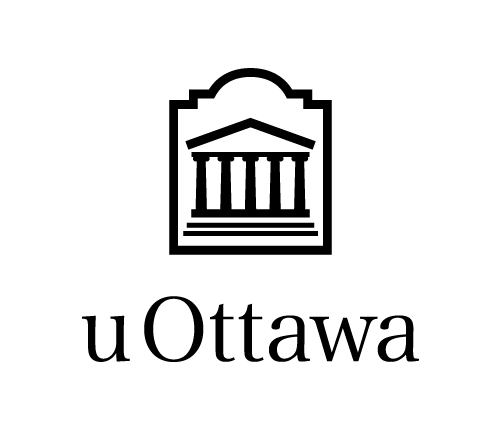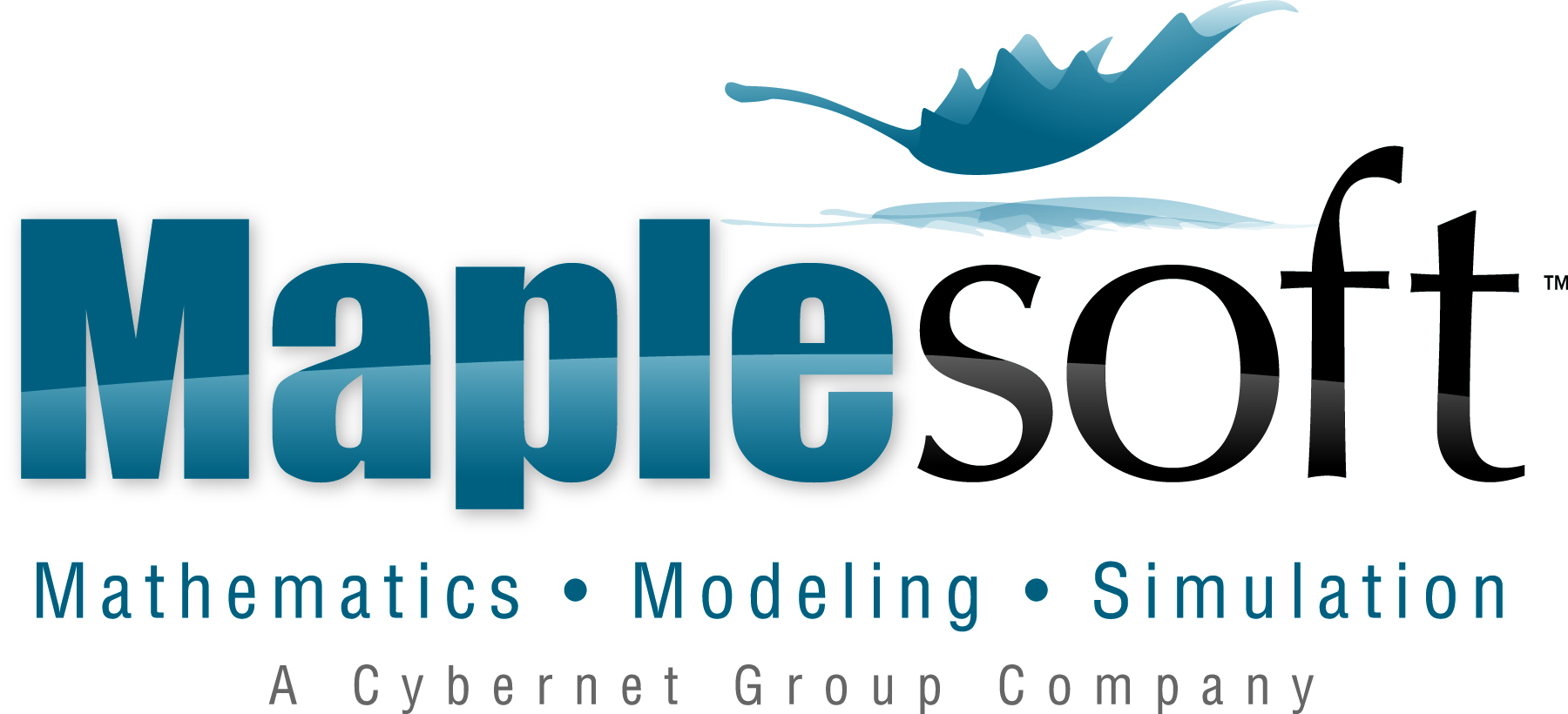Réunion d'hiver SMC 2013
Université d'Ottawa, 6 - 9 décembre 2013
Org: Monica Nevins et Hadi Salmasian (University of Ottawa)
[PDF]
- JEFF ADLER, American University
The dual of a reductive algebraic group [PDF]
-
Let $k$ be a field, and $G$ a connected reductive $k$-group.
If either $k$ or the absolute root system of $G$ satisfies certain conditions, then
we construct a connected reductive $k$-group $G^*$ that is dual to $G$ in a precise sense.
For example, the absolute root data of $G$ and $G^*$ are dual to each other,
and once a single choice has been made, there is a natural bijection between the set of
stable conjugacy classes of maximal $k$-tori in $G$ and the set of those in $G^*$.
- MAHDI ASGARI, Oklahoma State University/Cornell University
Applications of Functoriality to Representation Theory of p-adic Groups [PDF]
-
I will report on ongoing joint work with J. Cogdell and F. Shahidi on applying Langlands functoriality
for generic automorphic representations to give uniform and rather general results about reducibility of induced representations of some non-exceptional p-adic groups.
- AARON CHRISTIE, University of Ottawa
Some Geometrization in the Context of the Langlands Program [PDF]
-
By way of a small example, we will discuss the topic of geometrization. We will describe two $\overline{\mathbb{Q}}_\ell$-local systems, $\mathcal{E}$ and $\mathcal{E}^\prime$ on the regular unipotent subvariety $\mathcal{U}_{0,K}$ of $p$-adic $\operatorname{SL}(2,K)$ and a number of special properties they possess. It turns out that these local systems have a number of remarkable properties. Most importantly, it is possible to obtain differences of distribution characters of representations of $\operatorname{SL}(2,K)$ from them. In this way, the two local systems, together with the process used to derive the distributions, are an example of a geometrization of elements of the Local Langlands Correspondence in the case of $\operatorname{SL}(2)$. We'll also discuss how to carry out similar constructions on a larger scale, and the limitations of this specific approach.
- GERALD CLIFF, University of Alberta
Weil Representations of Local Unitary Groups [PDF]
-
Let E/F be a quadratic extension of the non-archimedean local field F, and let U be the unitary group corresponding to a Hermitian form on $E^n$. There are several cases to consider, depending on whether or not E/F is unramified and whether or not U is quasi-split. In any case U is a subgroup of a symplectic group Sp(2n,F) and one can restrict the Weil representation of Sp(2n,F) to U. I am interested in properties of this restriction, such as how many irreducible components there are, and also in the restriction to a unitary group over the ring of integers of F.
- CLIFTON CUNNINGHAM, University of Calgary and PIMS
A function-sheaf dictionary for p-adic tori [PDF]
-
We present a function--sheaf dictionary which geometrizes
quasicharacters of $p$-adic tori. Let $K$ be any non-Archimedean local
field (no restriction on the characteristic) and let $T$ be any
algebraic torus over $K$ (no restriction on the ramification of the splitting field). We introduce a category of certain Weil sheaves,
called quasicharacter sheaves, on the pro-group scheme $\bf{T}$
obtained by applying the Greenberg functor to the Néron model of $T$.
Then we explain how to translate quasicharacters of $T(K)$ into
quasicharacter sheaves on $\bf{T}$ and vice versa. In this way we
hope to dispel the misapprehension that positive-depth characters are
not amenable to geometrization. The talk will include comments on a
geometric and categorical form of the local Langlands correspondence
for algebraic tori. Joint work with David Roe.
- STEPHEN DEBACKER, University of Michigan
Tori in reductive p-adic groups [PDF]
-
There are a variety of ways to parameterize tori in a reductive p-adic group. We shall present an explicit approach that
involves Bruhat-Tits theory. The results are not complete; however, as they stand, they do provide a different way to
understand the set of rational orbits of strongly regular semisimple elements.
- JULIA GORDON, University of British Columbia
Uniform in p bounds for orbital integrals [PDF]
-
It is a well-known theorem of Harish-Chandra that the orbital integrals, normalized by the square root of the discriminant,
are bounded (for a fixed test function).
However, it is not easy to see how this bound behaves if we let the
$p$-adic field vary (for example, if the group $G$ is defined over a
number field $F$, and we consider the family of groups
$G_v=G(F_v)$, as $v$ runs over the set of finite places of $F$), and how it varies
for a family of test functions.
Using a method based on model theory and motivic integration, we
prove that for a fixed test function, the bound on orbital integrals can be taken to be a fixed
power (depending on $G$) of the cardinality of the residue field, and also obtain a uniform bound for the family of generators of the spherical Hecke algebra playing the role of the test functions. This
statement has an application to the recent work of S.-W. Shin and N.
Templier on counting zeroes of L-functions.
This project is joint work with R. Cluckers and I. Halupczok.
- CAMELIA KARIMIANPOUR, University of Ottawa
Principal Series Representations of $n$-Fold Metaplectic Covers of $SL_2$ over a $p$-adic Field. [PDF]
-
Let $F$ be a $p$-adic field and $\tilde{G}$ be the $n$-fold
metaplectic cover of $G=SL_2(F)$ and let $\tilde{K}$ be a maximal
compact of $\tilde{G}$. Our goal is to study reducibility and the
$\tilde{K}$-type components of various principal series of
$\tilde{G}$.
- JOSHUA LANSKY, American University
Explicit Liftings of Conjugacy Classes in Reductive Groups [PDF]
-
Let $\tilde G$ be a connected reductive group defined over a field $k$, $\Gamma$ a group of $k$-automorphisms of $\tilde G$, and $G$ the connected group of $\Gamma$-fixed points in $\tilde G$. We construct a lifting of semisimple conjugacy classes from the dual group $G^*$ to $\tilde G^*$ and present certain properties of the lifting which make it possible to compute it more explicitly. This lifting is conjectured to relate the $K$-types of representations of an unramified $p$-adic group and those of their base change lifts over tame extensions.
- PAUL MEZO, Carleton University
Three perspectives on endoscopy [PDF]
-
I will discuss possible connections between three perspectives on the endoscopy of real groups. The first is the original formulation by Langlands and Shelstad. The second is related to the geometric parameterization of representations of strong rational forms due to Adams, Barbasch and Vogan. The third is related to the representations of rigid inner twists given in recent work of Kaletha.
- STEFANO MORRA, Toronto university
On the ordinary representations in the $p$-modular Langlands program [PDF]
-
The weight part in the generalized Serre's conjectures gives us deep information on the local factor at $p$ of isotypical components in certain spaces of $p$-modular quaternionic forms, providing evidence for local-global compatibility phenomena in a hypothetical $p$-modular Langlands correspondence.
Nevertheless the theory of $p$-modular representations of $p$-adic groups turns out to be extremely delicate and there seem to be many parameters in the local factor at $p$ which are invisible to its socle with respect to a maximal compact subgroup.
The aim of this talk is to establish some tools which let us deeply investigate the local automorphic representations of $\mathbf{GL}_2(\mathbf{Q}_p)$ appearing the $p$-modular Langlands correspondence. This is done by purely local means, describing such objects in terms of representation theory of appropriate compact subgroups and letting one detect some of their arithmetic invariants.
- FIONA MURNAGHAN, University of Toronto
Distinction of depth-zero representations [PDF]
-
If H is a subgroup of a representation of a group G, a representation
of G is H-distinguished if there exists an H-invariant linear functional
on the space of the representation. Let H be the fixed points of an involution
of a reductive p-adic group G. We discuss some results and some questions
concerning H-distinguished depth-zero irreducible smooth representations
of G.
- ALFRED NOEL, University of Massachusetts Boston
Tau Signatures and Characters of Weyl Groups [PDF]
-
Let $G_{\mathbb R}$ be the real points of a complex linear reductive group and $\hat G_\lambda$ its classes of irreducible admissible representations with infinitesimal integral regular character $\lambda$. In this case each cell of representations is associated to a special nilpotent orbit. This helps organize the corresponding set of irreducible Haris-Chandra modules. I will describe algorithms for identifying the special nilpotent orbit attached to a cell in terms of descent sets appearing in the cell. This is joint work with Thomas Folz-Donahue, Steven Glenn Jackson, and Todor Milev.
- LAURA PESKIN, UBC
Mod $p$ representations of $p$-adic $\tilde{SL}_2$ via Hecke algebras [PDF]
-
In characteristic 0, the genuine Iwahori Hecke algebra of $\tilde{SL}_2$ is isomorphic to the Iwahori Hecke algebra of the dual group $PGL_2$, giving a correspondence of irreducible representations with Iwahori-fixed vectors. In contrast, we show that these two algebras are not isomorphic in characteristic $p$. However, the respective spherical mod $p$ Hecke algebras are isomorphic, and after classifying the ordinary mod $p$ representations of $SL_2$-tilde, we show that this isomorphism gives a correspondence of unramified ordinary mod $p$ representations.
- XIN SHEN, University of Toronto
Unramified calculation of tensor L-functions [PDF]
-
Following Langlands' conjectures around 1970s, one expects nice analytic
properties of automorphic L-functions. In this talk we will begin from an
introduction of an approach to this problem, which is called the integral
representation. Then we will go to one of the important cases, the tensor
L-function for classical groups. We will talk about the construction of
L-function in this case, and one critical step, the unramified
calculation, which is the speaker's thesis work.
- LOREN SPICE, Texas Christian University
Sign changes in harmonic analysis on p-adic groups [PDF]
-
Reeder has described a conjectural candidate for the partition of certain supercuspidal representations constructed by Yu (the so called toral, unramified supercuspidals) into L-packets, and verified that it satisfies most of the necessary properties. However, the problem of stability of the appropriate character sums remained outstanding. In this talk, I will discuss joint work with DeBacker that shows the necessary stability. A key ingredient is the study of a sign associated to combinatorial data involving Galois orbits on a root system, which we compute unconditionally in the unramified case.
- GEO TAM, Department of Mathematics and Statistics, McMaster University
Admissible embeddings of L-tori and the essentially tame local Langlands/Jacquet-Langlands correspondence [PDF]
-
Let $F$ be a non-Archimedean local field and $G^*$ be the general linear group $\mathrm{GL}_n$ over $F$. Bushnell and Henniart described the essentially tame local Langlands correspondence of $G^*(F)$ using admissible characters, with their rectifiers, of tamely ramified elliptic maximal tori of $G^*(F)$. The main results of the speaker is to relate these rectifiers to $\chi$-data in the transfer principle of Kottwitz, Langlands, and Shelstad. Therefore, we can describe the essentially tame correspondence using admissible embeddings of L-tori. The speaker also shows that, when $G^*$ is replaced by an inner form $G$ of $G^*$, the essentially tame Jacquet-Langlands correspondence provides similar results.







